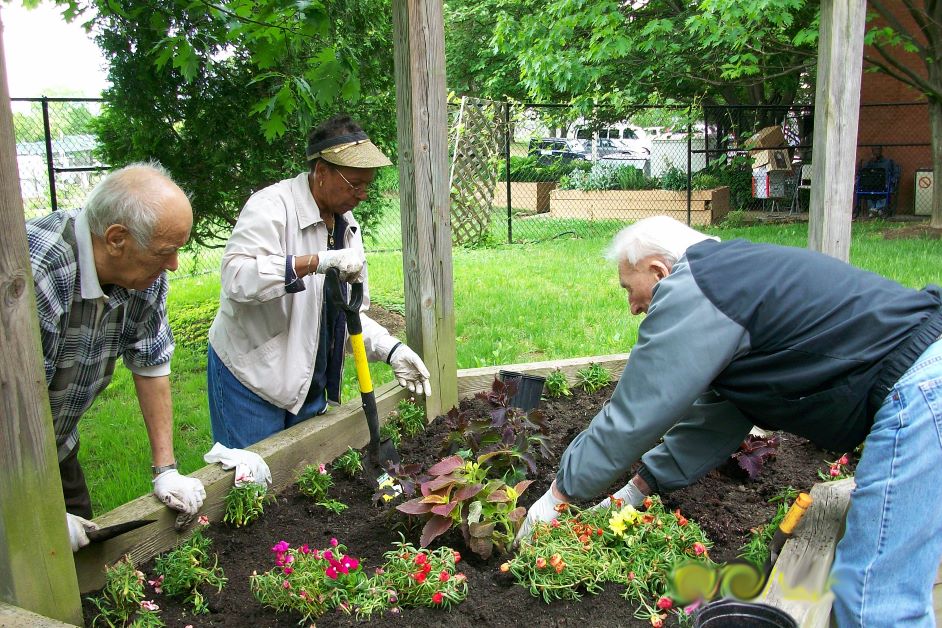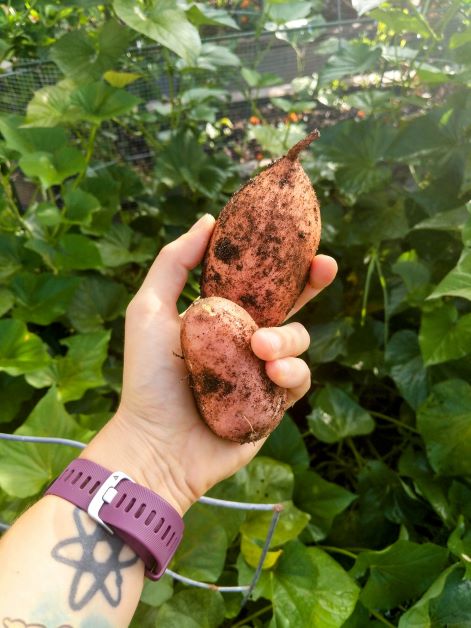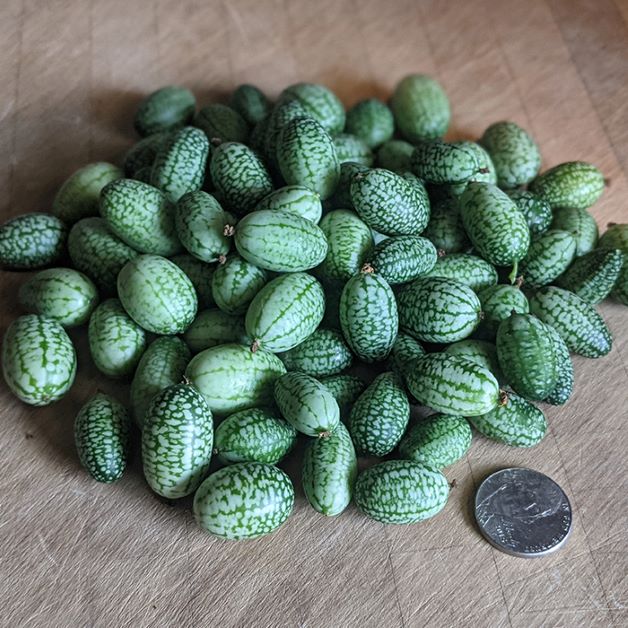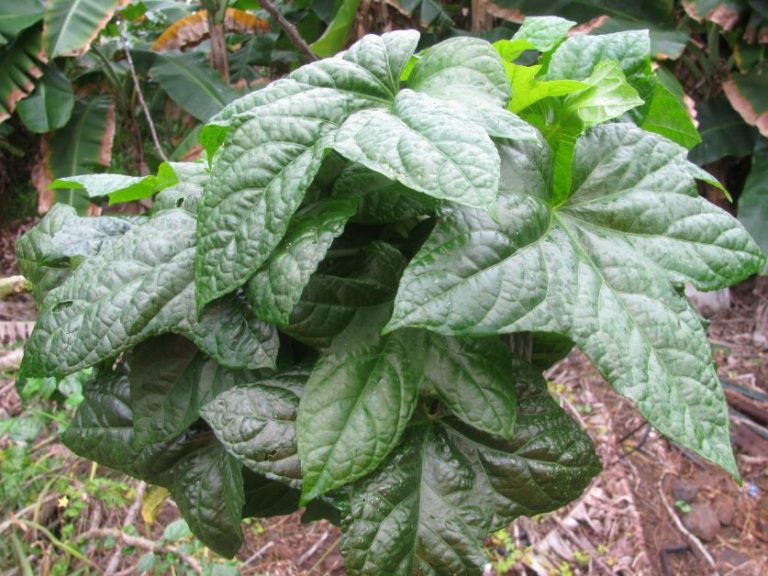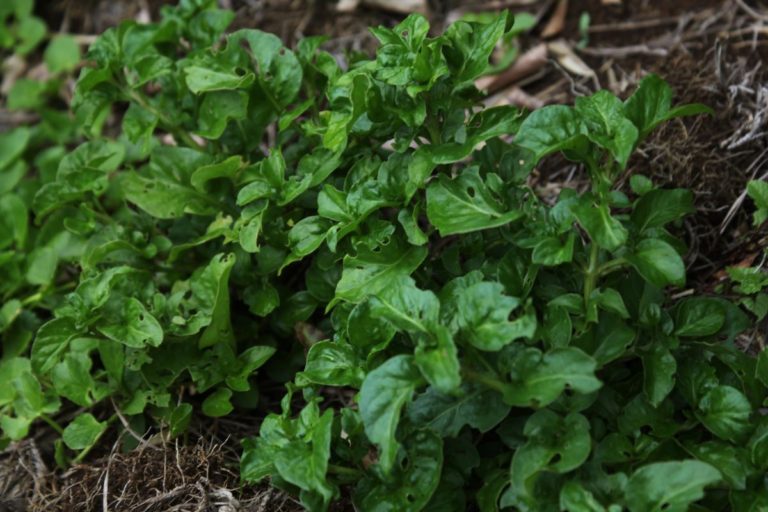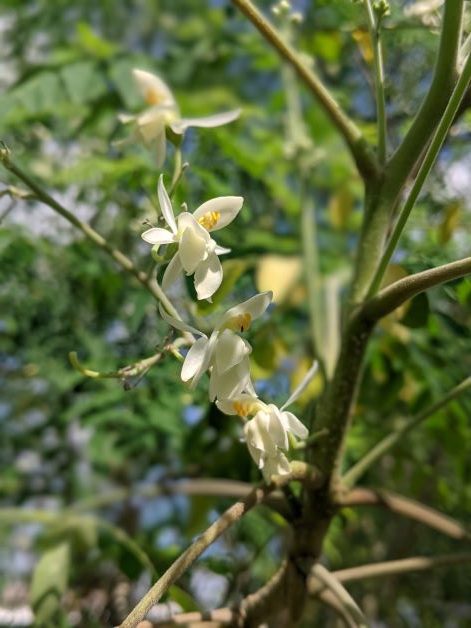Snowbird Gardening Guide
With winter temperatures ranging from 41°F to 77°F, you’ll find some of the best weather Florida has to offer from October through April. You’ll find a lot of snowbirds during this time, too. More than 3.5 million Canadians flock to Florida each winter. Northerners from Michigan and New York are also popular part-time residents of Florida. As an ex-Michigander myself, I understand the appeal…Michigan winters are rough.
Snowbird season is a perfect time for planting winter vegetables in Florida. The weather is cooler, the humidity is lower and the pests are easier to manage.
Full of quick tips and expert insight, this is the ultimate guide to vegetable gardening for snowbirds.
Snowbird gardening tips
Snowbird gardening tip #1: Choose fast-growing vegetable varieties, bonus points if they are also cut-and-come-again. A cut-and-come-again vegetable will continue to produce after your first harvest. Some examples of cut-and-come-again vegetables are gai lan and lettuce. Make the most out of your time in Florida by choosing crops that will give you lots of food and fast.
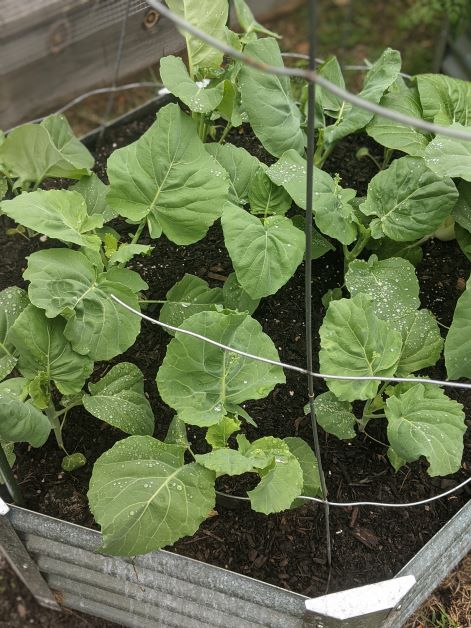
Snowbird gardening tip #2: Grow your vegetables in a raised metal garden bed. Choose a bed that is tall so that you don’t have to stoop or kneel to work in your garden.
Snowbird gardening tip #3: Don’t forget to mulch! This type really applies to all gardeners, but it’s important for snowbirds. Getting down on the ground to weed once a week is not only a pain, but it’s a time suck. Who wants to spend their limited time in Florida pulling weeds?

Snowbird gardening tip #4: Feed your plants a high-quality, organic fertilizer according to their specific growing requirements. If you forget to fertilize, your plants will grow slow and your harvest may be small. Remember, snowbird vegetable gardening is about growing lots of food FAST.
Snowbird gardening tip #5: Make sure that you choose a dwarf variety if you’re growing plants on your patio. Mulberries, for example, come in full-size and patio varieties. If you grow a full-size mulberry in a pot on your patio, you’ll eventually have to put it in the ground or give it away.
Snowbird gardening tip #6: Before you leave Florida after the winter, cover your garden beds with clear plastic. This is a pest control method called solarizing. Solarizing uses the sun’s power to heat up your soil to extreme temperatures, and it’s the only way to get rid of root-knot nematodes (a common, devastating garden pest). Solarizing kills the good guys along with the bad, so you may want to add in some beneficial nematodes when you get back to Florida in the winter.
Snowbird gardening tip #7: Protect your knees. Use a garden kneeler to help cut down on aches and pains.
Snowbird gardening tip #8: Always wear sunscreen and consider a sunhat. Even though it’s winter, the Florida sun is extreme. Be aware of any medications that make you more sensitive to the sun.
Snowbird gardening tip #9: Work smarter, not harder. Save your back by using a plant caddy to move your containers. A water wand can help you water your plants quickly and without stooping (it also helps cut back on fungal disease, too). A hori hori knife will cut through weed roots like butter and also doubles as a spade. A small investment in garden tools can make a big impact on how easy (or hard) it is for you to maintain your garden.
Snowbird gardening tip #10: Planting flowers is an excellent way to attract pollinators to your vegetable garden, but be sure to plant perennials. Annual flowers are beautiful but they’re a pain in the neck to replace yearly, especially if you’re only in Florida part-time. Also, don’t forget to plant tropical perennial vegetables like katuk, sissoo spinach, and manihot.
Featured image photo credit: Fairfax County

